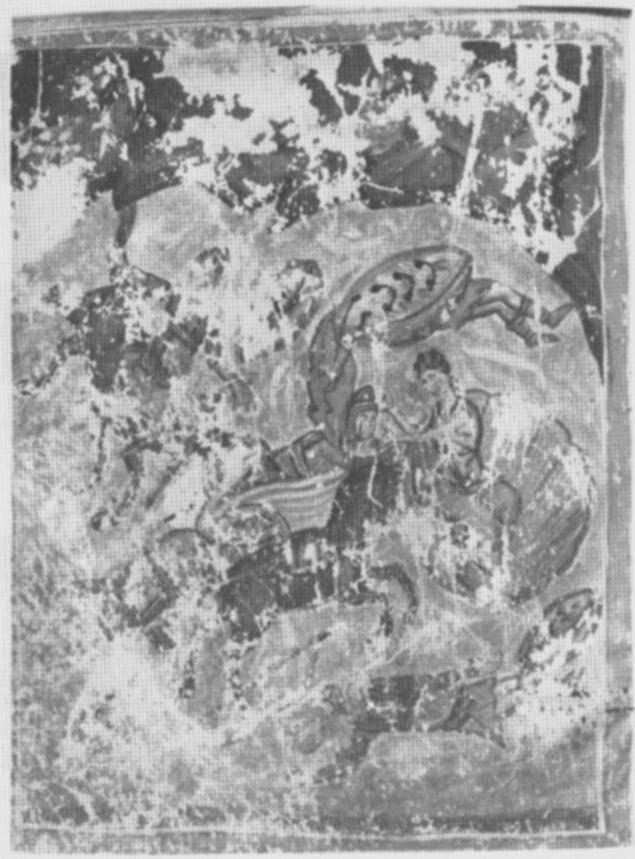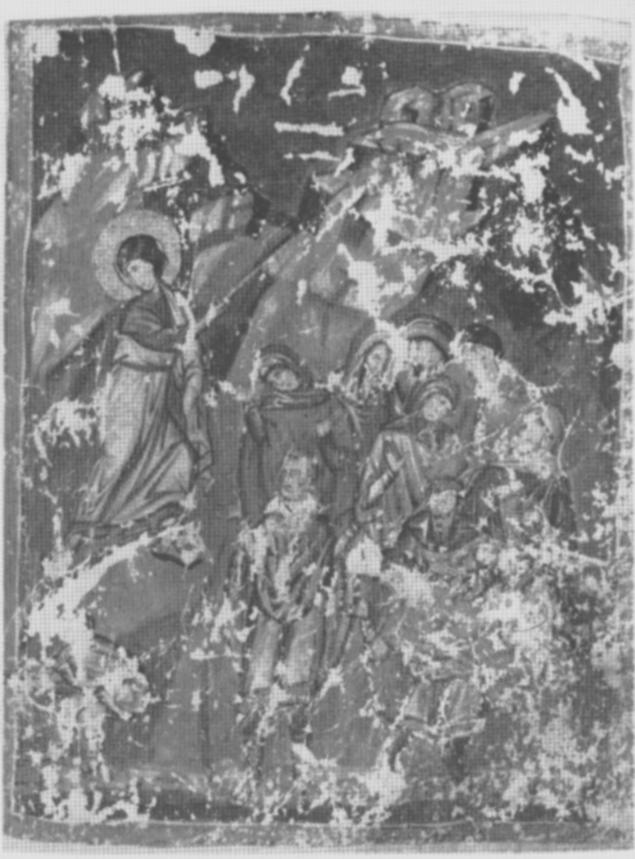
Amazon Audible Gift Memberships
Byzantine Psalter, manuscript Benaki 34.3, 14th century
Pharaoh’s Army Drowns
 Fig. 1. F.176v The Egyptians drowned in the Red Sea (Ode I) |
 Fig. 2. F.177r The Hebrews witness the Drowning (Ode I) |

 Fig. 1. F.176v The Egyptians drowned in the Red Sea (Ode I) |
 Fig. 2. F.177r The Hebrews witness the Drowning (Ode I) |
The Psalter Benaki 34.3. An unpublished illuminated manuscript from the family 2400
Anthony Cutler, Annemarie Weyl Carr
pp. 283-284
Benaki Vitr. 34.3 is a small codex of 198 folios and 49 gatherings, its 14.8 x 11.4 cm dimensions sitting easily in the hand. It is written in black ink with magenta capitals in twenty-four lines to the page. The script is a diminutive minuscule, disposed in a single column, pendant from the lines and using thirty to thirty-two letters per line.
…
The two miniatures illustrating the Exodus Ode are located on the interior verso and recto faces of an inserted bifolium, the outer sides of which are left blank11. That of the drowning Egyptians centres on the figure of Pharaoh in orange armour, blue helmet and corselet, being pulled from his biga by a personification of the Sea (fig. 1)12 ; she, in turn, wears a short, sleeveless green tunic over a long red skirt and is seated in an orange cockleshell. This brilliance of colour is borne out in the other details of the pictures. The sides of Pharaoh’s chariot consist of pink and white striations. It rests on pink wheels and is pulled by two horses. That to the left is largely abraded but evidently orange with blue trappings ; the horse to the right is black with a brown yoke and green saddle. At upper left, a rider clad like Pharaoh clings in vain to the tail of his black horse while, to the right, another figure floats on his back partially covered by a pink shield turned inside out to reveal black handles. The disaster is set against a light blue sea rising towards brown rocks at the top and unfolds beneath a lowering, dark blue sky13. More than its situation on the facing page connects this image with that of the Moses and the Israelites watching the foundering army from the safety of the right side of ‘diptych’ (fig. 2). The two scenes are bound at the bottom by the form of a scavenger-Israelite who has succeeded in lassoing a drowned Egyptian, again clad like Pharaoh but with pink leggings and a green shield, whom he is busily hauling in from one page to the other.
11. At the top of f. 176r is a brief, and illegible, inscription.
12. The miniature is assigned by Popović (note 10, supra) to the ‘fourteenth or fifteenth century’. She does not suggest that it and its pendant are not homogeneous with the rest of the manuscript.
13. Although the Exodus miniatures are obviously by a later hand, the colour of the sky here and on the next page is frequently used for the arc of heaven earlier in the manuscript. This may suggest some attempt to accommodate the insertions to the main body of illumination.
p285
On iconographical grounds it would seem safe to place this pair of miniatures in or shortly after the fourteenth century
Source: Persee.